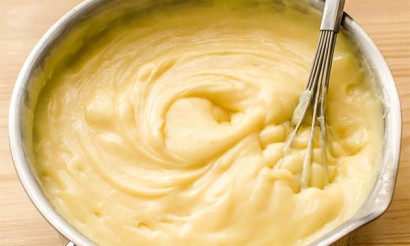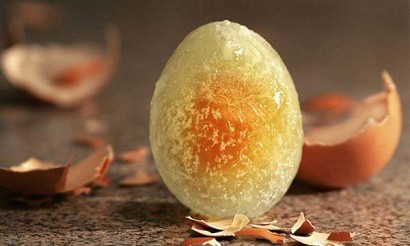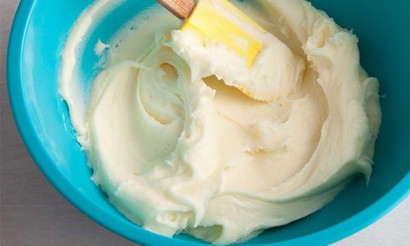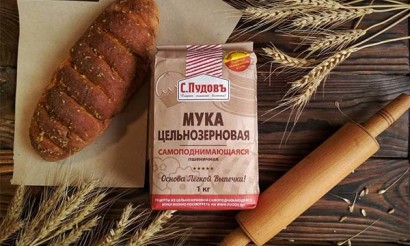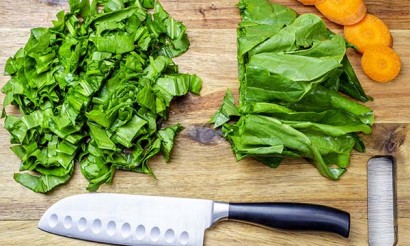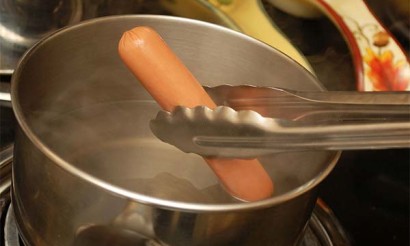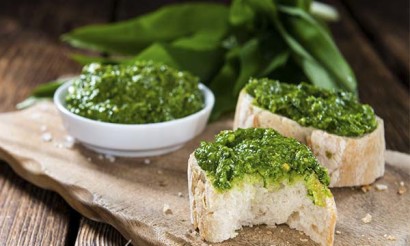How to boil milk properly
It is good for children and adults to drink milk. It is rich in calcium and potassium, important vitamins and amino acids. Milk is used in many dishes and complex cooking. It is an indispensable product in every kitchen. But to drink it raw is to expose ourselves to dangers. Milk is extremely useful, it is loved not only by people, but also by various bacteria, microorganisms, for which it is an ideal environment. Therefore, it is recommended to use only heat-treated product, so it will be tasty, healthy and absolutely safe.
Should store milk be boiled?
Pasteurized and ultra-pasteurized milk has already undergone all the necessary preparation in production. It is only necessary to watch the expiration date. If it has passed, no amount of boiling will be able to reanimate the product. The same applies to small bags for children.
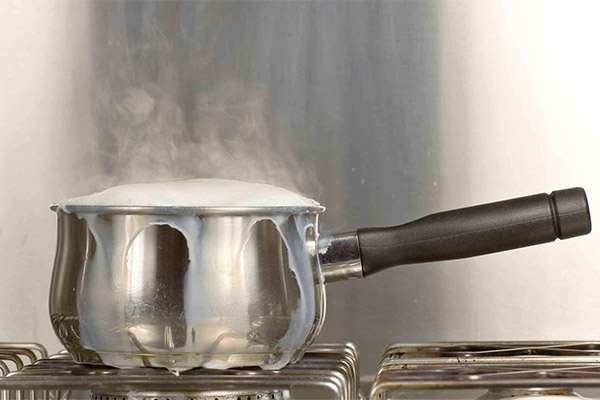
Store milk with the necessary heat treatment, for example, according to the recipe of another dish, can be subjected to a reduced procedure. There is no need to heat it to 80+ degrees or boil it for two minutes. If hot milk needs to be poured - just heat it over low heat. That way it won't run anywhere, won't burn, and will require much less attention.
How long does milk have to be boiled?
To carry out the process of deep pasteurization at home is problematic, it is necessary to maintain a precise temperature window, and for a long time. The system is set up for in-line industrial production. At home, boiling is better suited, it allows you to kill all the microflora in a short time.
Milk should be brought to a boil on a low heat, and then maintain the process for 90-120 seconds. Two minutes is the official recommendation of medics to prepare milk with expired shelf life or for consumption by children and people with GI diseases, with reduced immunity or who have recently undergone surgery. After boiling it should be removed from the fire and allowed to cool naturally.
The industrial method of deep pasteurization prescribes a temperature of 75 degrees for half an hour. This method is best suited for induction stovetops with a stabilized heating mode. So you can reach the necessary 75 degrees on the thermometer, and then simply turn on a special function on the stove and only occasionally go back to the pot of milk.
The method of short, i.e. conventional pasteurization, is tied to the death of major pathogens. It does not make the milk absolutely safe or suitable for long storage, but is generally applicable to good quality raw milk. The milk should be heated over low heat to 80 degrees. This point can be seen visually, even without a thermometer: bubbles will begin to form around the inner edge of the pan. It is necessary to keep the milk in this state for 60 seconds. You may have to work with the heat, not allowing excessive overheating and boiling, but also not letting the temperature drop.
Modern multicookers have a special mode for boiling milk. All you have to do is press a button, and the smart kitchen appliance does the rest. However, you still have to stir the mixture, but the risk that it will run away is much lower. Also, do not pour too much milk into the bowl, it will increase in volume with the heat and can run away if overflowed. Often there is a special mark to which you can pour milk into the bowl of the multicooker.
How to boil milk properly
The process is predictable and requires only constant attention. Actually, all the excesses, in which the milk escapes, are due to the fact that it is poorly monitored and do not turn down the heat when necessary.
It is necessary to take a clean container, having previously rinsed it with cold water. By the way, do not forget that milk perfectly absorbs any odors. A badly washed pan after a fragrant stew with thyme, rosemary, cloves and basil retains all these smells. And even if the container exudes a very light aroma, it will be felt quite strongly in the milk. Therefore, ideally, it is better to have a special pot only for boiling milk.
There is a way in which the bottom and edges are greased with butter. This really helps against sticking. However, you can do without it. Pour cold milk into the pot, taking into account that it will gain volume when heated. For example, in a 1.5-liter container, it is better to pour only a liter of milk. This way there will be more time to correct the situation, a better control of the state of the process is provided.
It is necessary to bring to a boil on low heat. The high heat and rapid rise to high temperatures is a guarantee that the milk will burn, even in a glass or stainless steel container. Therefore, it is better to spend an extra 5 minutes on a slow heating.
When the milk begins to boil, foam, and rise to the edges of the pot, you need to turn down the heat, and if the process is fast, even briefly remove it from the stove. You need to balance the boil for 90-120 seconds, it is not difficult.
The whole time of boiling, you should stir the milk regularly. By the way, all the foam that forms before the boil should be removed. It does not contain useful substances and will stir more. But the foam, which forms during boiling, already contains macro- and microelements, vitamins. It is not recommended to remove it, just break it up and stir it into the milk.
Can I boil milk in the microwave?
When all you need is a glass or cup of milk, you don't want to fuss with the pot, and it takes a while. The microwave is famous for its ability to quickly bring small amounts of liquid to a boil. And this can be used to make milk.
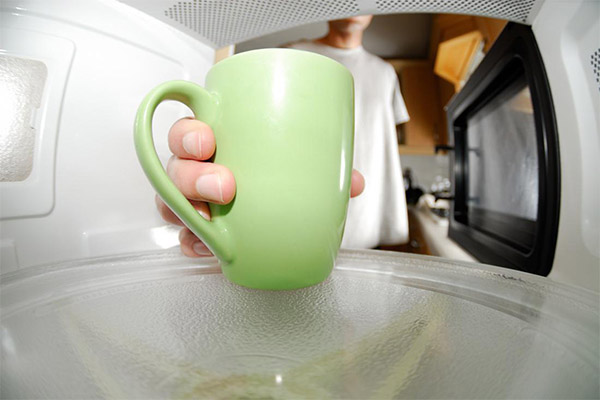
Pour the milk into a clean mug or glass, but not completely, you need to leave about a third of the volume to expand when heating. Otherwise, the milk will just run away and you will have to wash the microwave.
The key is to put a wooden spoon, skewer or long toothpick. The appliance should not sink into the milk. This will leave a permanent loophole for steam to escape as it heats, even while forming a dense foam. Otherwise, steam will build up and be ejected. In classic simmering, the role of this skewer or spoon is played by regular stirring.
The heating time is 3x20 seconds at full power for a glass or mug. After the expiration of each step, take the container out, stir quickly and put it back in for another 20 seconds. It is also worth understanding the peculiarities of microwave ovens: the liquid heats unevenly - closer to the top faster, longer at the bottom. So even if the milk looks cooked after the second 20 seconds, it's not.
Milk burns, what to do
The basic advice is to monitor the temperature and stir constantly. You can not leave the heated milk unattended, it is unacceptable to leave even for a minute. This is the whole secret of properly boiling milk at home.
Another way: pour about 5 mm of cold water, bring it to a boil, and then add milk. The water layer will evaporate in the process of boiling, and the milk will not have time to stick.
The choice of utensils is extremely important, the wrong pots and cups are the reason why milk mostly burns. The top 3 materials for boiling milk are:
- glass;
- aluminum;
- stainless steel.
Do not boil milk in an enameled container, there it is almost guaranteed to burn. It is not recommended to use ceramic or clay, again because of the coating. Milk is more active when heated, it easily sticks to all types of enamels and paints.
How Long Does Boiled Milk Keep?
After home boiling, milk will be edible for 3 days if stored in the refrigerator. In a room at 20 degrees, the product will begin to sour after 18 hours of cooking.
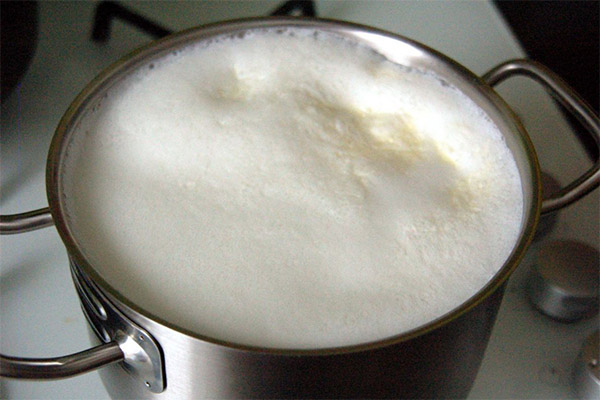
It is impossible to ensure industrial sterility at home, inevitably microorganisms get into the milk, for which it is an ideal composition for development and growth. Therefore, even with prolonged boiling, you can't keep the product for a week like bottled store pasteurized milk.
Turned out more good milk than is possible to use before souring? Do not despair, you can save the product, or rather transform it into real condensed milk - delicious, sweet and 100% natural, better and better quality than in your Soviet childhood. You don't even have to run to the store, everything is already in the kitchen:
- A liter of milk;
- 2.5 cups of sugar.
The milk must be heated over low heat, and then pour in the sugar. It is important to stir everything thoroughly, until it is completely dissolved and homogeneous. Now reduce the heat to the minimum, and leave the mixture to simmer for 2-3 hours, stirring occasionally and evaluating the consistency. The finished product should have a creamy hue with yellowing, with the volume shrinking by 2/3.
If you have a multicooker, you can cook condensed milk there. You need to add sugar and milk to the bowl, mix thoroughly, put on the heat. Usually you need the program "Soup" for half an hour, and cook with the lid open, stirring occasionally. Then turn on the mode "Bake", loose cover and cook for another 20-30 minutes, guided by the consistency.
This is a classic, basic recipe. You can add cream, vanilla and powdered sugar. A special treat is chocolate and coffee condensed milk. The whole cooking process remains the same, but you need to add a tablespoon of cocoa powder and a teaspoon of regular instant coffee. To make the mixture fluffier and more homogeneous, you can whip it with a blender after it has cooled.
This is how simple it is to save excess milk from spoiling, turning it into a gourmet treat that no money can buy at the store!
«Important: All information on this site is provided for informational purposes only. for educational purposes only. Consult with your health care professional before using any of the recommendations. specialist before applying any of the recommendations. Neither the editors nor the authors shall be liable for any possible harm caused by materials."

